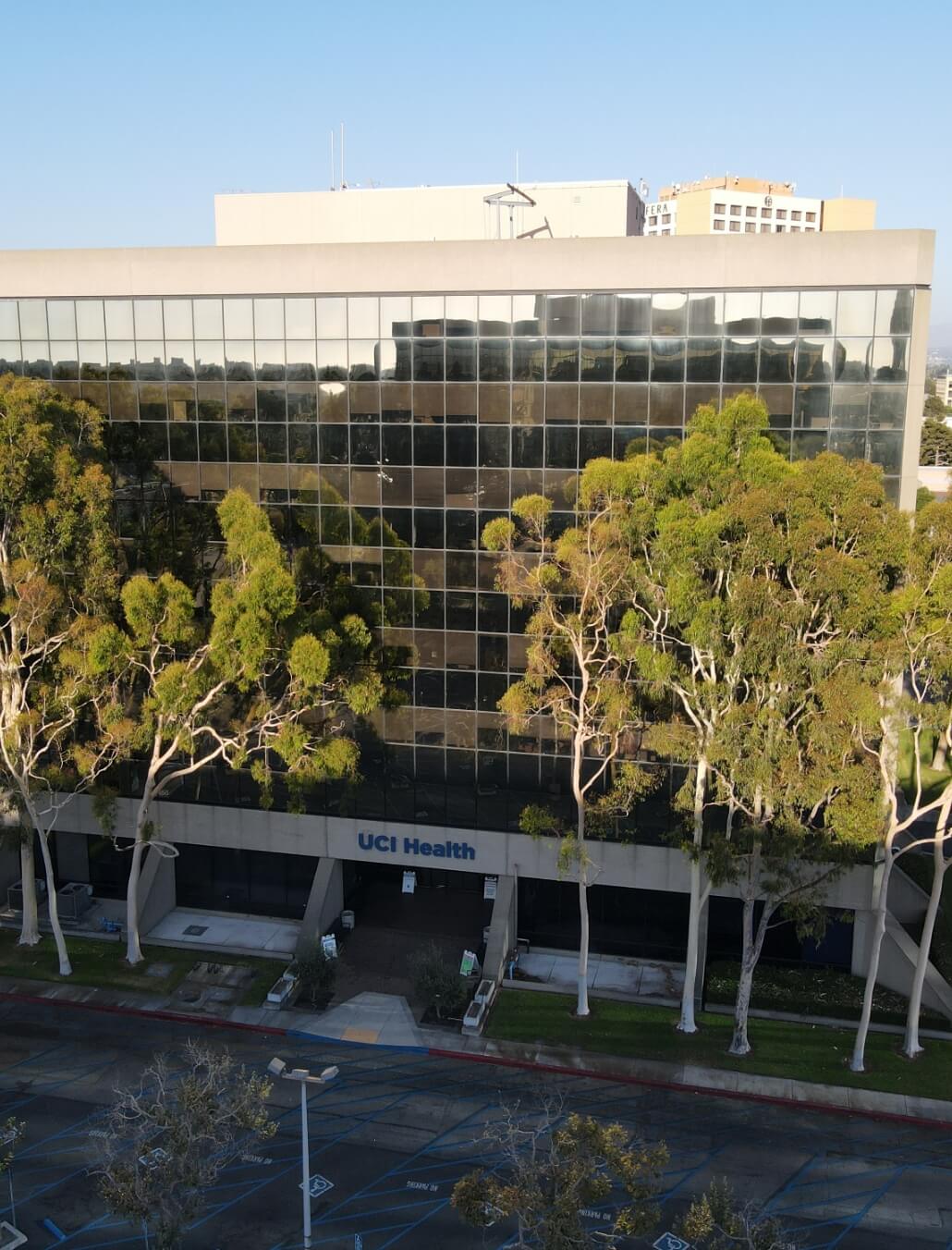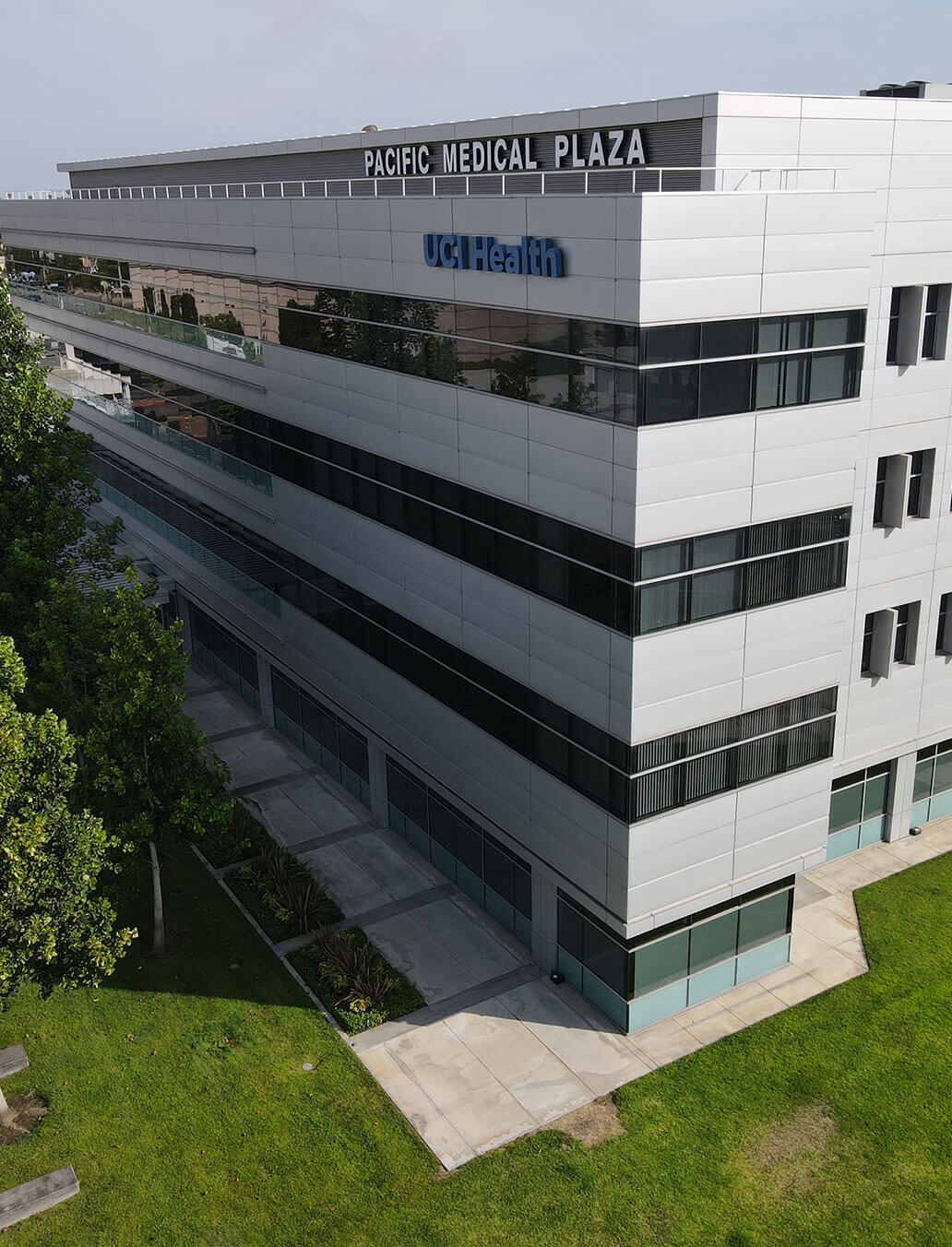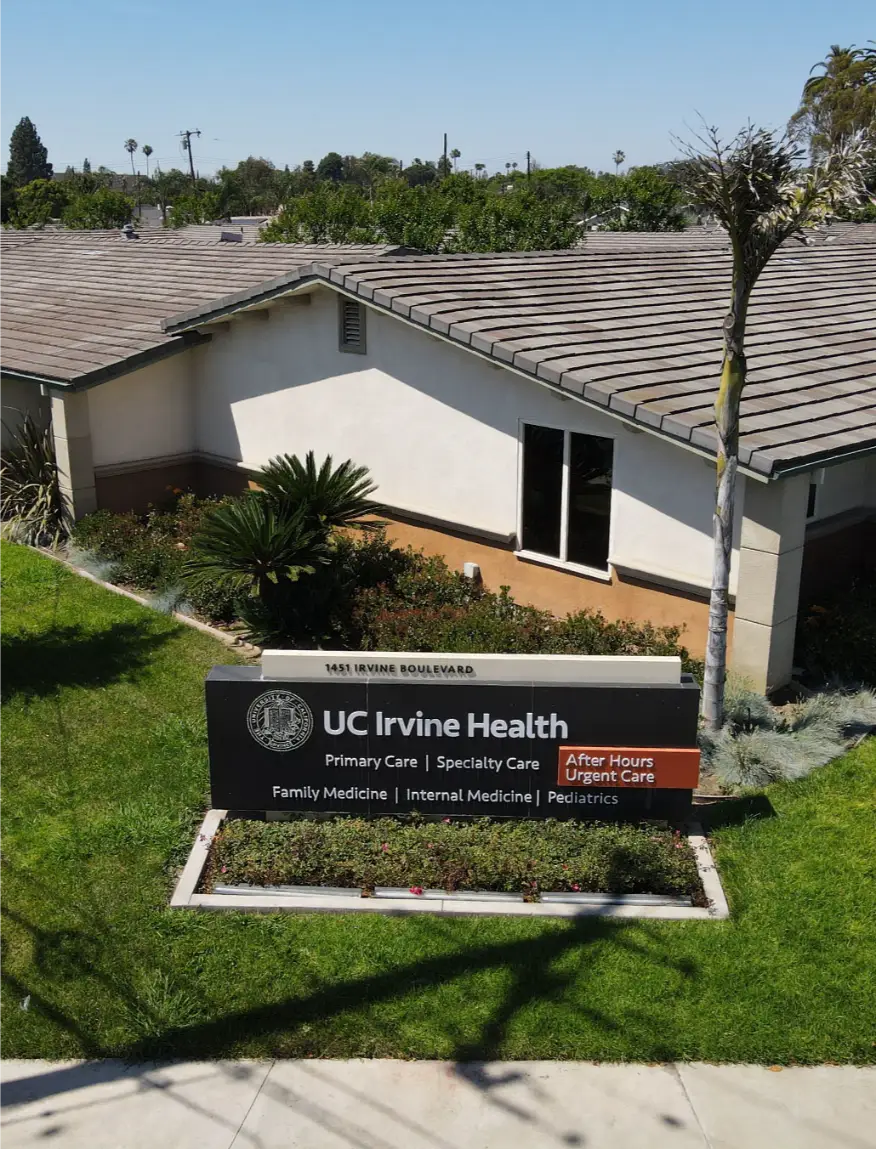Brachial Plexus Injury in Orange County, CA
Brachial Plexus Injury Repair
The brachial plexus is the network of nerves in each shoulder that relay movement and sensory signals between the spinal column and the arms and hands. An injury to the brachial plexus can weaken or even paralyze the arm and hand and cause numbness or chronic pain.
Mild cases of brachial plexus injury may resolve without treatment or improve through physical therapy. More severe injuries may require surgery to repair or reconnect the damaged nerves to restore full function to the arm and hand.
To learn more about how surgery to repair brachial plexus injury might help you or your child, contact UCI Plastic Surgery to schedule a consultation at our office at CHOC in Orange, CA.
The doctors at UCI Plastic Surgery are leaders in the field of cosmetic and reconstructive surgery. Through their teaching and lecturing roles at UCI, they stay current with state-of-the-art techniques and technology. With their advanced technical skills, they consistently produce better results for their patients.
What Causes Brachial Plexus Injury?
The network of nerves that makes up the brachial plexus can become injured by stretching the neck or forcing it to one side, pulling the nerves beyond their natural limits. When this happens, it can tear one or more of the nerves in the brachial plexus. A tear in a nerve, also called a rupture, can vary in severity from partial to complete. When the nerve’s root in the spine tears, it is an avulsion, which is the most severe type of brachial plexus injury. Brachial plexus injury can also occur with compressed nerves.
Brachial plexus injury can occur during birth. This can happen when a large baby has a complicated delivery, or if the baby’s shoulder gets stuck during delivery. The medical terms for this are brachial plexus birth injury.
Brachial plexus injury can also occur as a result of trauma. Minor brachial plexus injuries, known as stingers or burners, are relatively common in contact sports such as football, ice hockey, and wrestling. More severe brachial plexus injuries can occur in car or motorcycle accidents or significant falls.
Other cases of brachial plexus injury result from an overactive immune system, tumors, pressure from scar tissue, or medical treatment, such as radiation treatment for cancer.
The brachial plexus injury’s severity determines the extent to which it constrains movement in the arm and hand and blocks sensation. Movement limitations depend on which nerve in the brachial plexus is injured and the affected parts of the arm and hand.
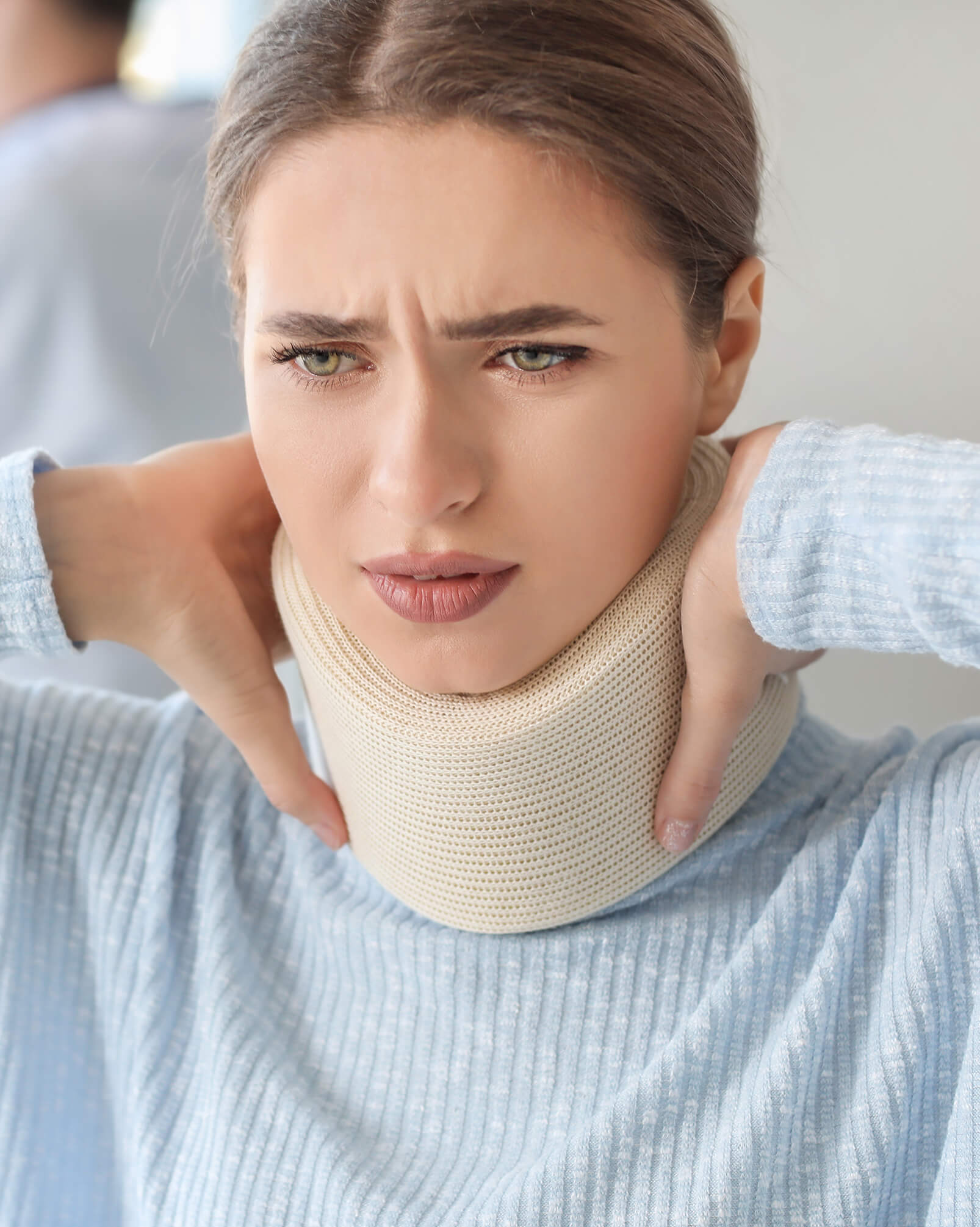
What Are the Symptoms of Brachial Plexus Injury?
Babies born with brachial plexus injury will not move the affected arm. They may hold the arm by their side, with the elbow straight and the hand turned in.
Older children and adults with a brachial plexus injury will have symptoms that vary with their injury’s severity.
In less severe injuries, symptoms may include:
- Numbness or weakness in the shoulder, arm, or hand
- A burning, tingling, or stinging sensation in the shoulder, arm, or hand, or a feeling like an electric shock running through the arm
In more severe injuries, symptoms may include:
- Weakness in parts of the shoulder, arm, or hand
- Inability to move certain muscles in the shoulder, arm, or hand
- Complete paralysis of the shoulder, arm, or hand
- Lack of sensation in the shoulder, arm, or hand
- Severe pain
What Problems Can Result from Brachial Plexus Injury if Left Untreated?
Some brachial plexus injuries will heal over time, and physical therapy can restore normal movement. Other injuries, left untreated, can cause permanent problems, including:
- Stiffness in the affected arm
- Atrophied muscles
- Permanent disability or paralysis
- Numbness and lack of sensation, which can lead to burns, cuts, or other injuries
- Chronic pain
How Do Doctors Diagnose Brachial Plexus?
Doctors diagnose brachial plexus injuries with a combination of a physical examination, a detailed medical history, imaging studies, and tests of muscle and nerve function.
Imaging studies may include:
- X-rays
- Ultrasound
- Magnetic resonance imaging
- CT scan
Nerve and muscle tests may include:
- Electromyography to measure electrical activity in muscles
- Nerve conduction studies
How Do Medical Professionals Treat Brachial Plexus Injuries?
Short-term treatment for brachial plexus injuries focuses on preventing further damage to the arm and hand. For a baby or child, this involves exercising the joints and functioning muscles to prevent stiffness and atrophy. For an older child or adult, when the hand and arm have lost sensation, it can also involve extra care to avoid burns and cuts.
For minor brachial plexus injuries, which stretch the nerve but don’t sever it, physical and occupational therapy may help restore function and sensation. The therapy’s goals are to promote nerve recovery and arm movement.
For more severe injuries, surgery may be necessary to reconnect the damaged nerves, improve muscle function, or remove pressure that is causing nerve disfunction. Surgery is most effective when performed within six months of the injury or between the ages of 4 and 9 months for a birth-related injury.
Surgical approaches to treating brachial plexus injuries include the following.
- Nerve repair — Reattaching two ends of a severed nerve.
- Nerve graft — A surgeon removes the damaged portion of the nerve in the brachial plexus and replaces the missing segment with a grafted portion of a healthy nerve from another part of the body.
- Nerve transfer — A doctor reconnects the damaged nerve or transfers it to a different nerve that has a healthy connection with the spinal column.
- Tendon or muscle transfer — A surgeon removes muscle or tendon tissue from another part of the body and grafts it into the arm to correct a weakness there.
- Neurolysis — A surgeon detaches the nerve from scar tissue that is restricting free movement of the nerve or putting pressure on it.
Pain control may also be part of the treatment plan. When pain medication doesn’t work to control the pain, your doctor may recommend surgery to interrupt the pain signals from the injured nerve.
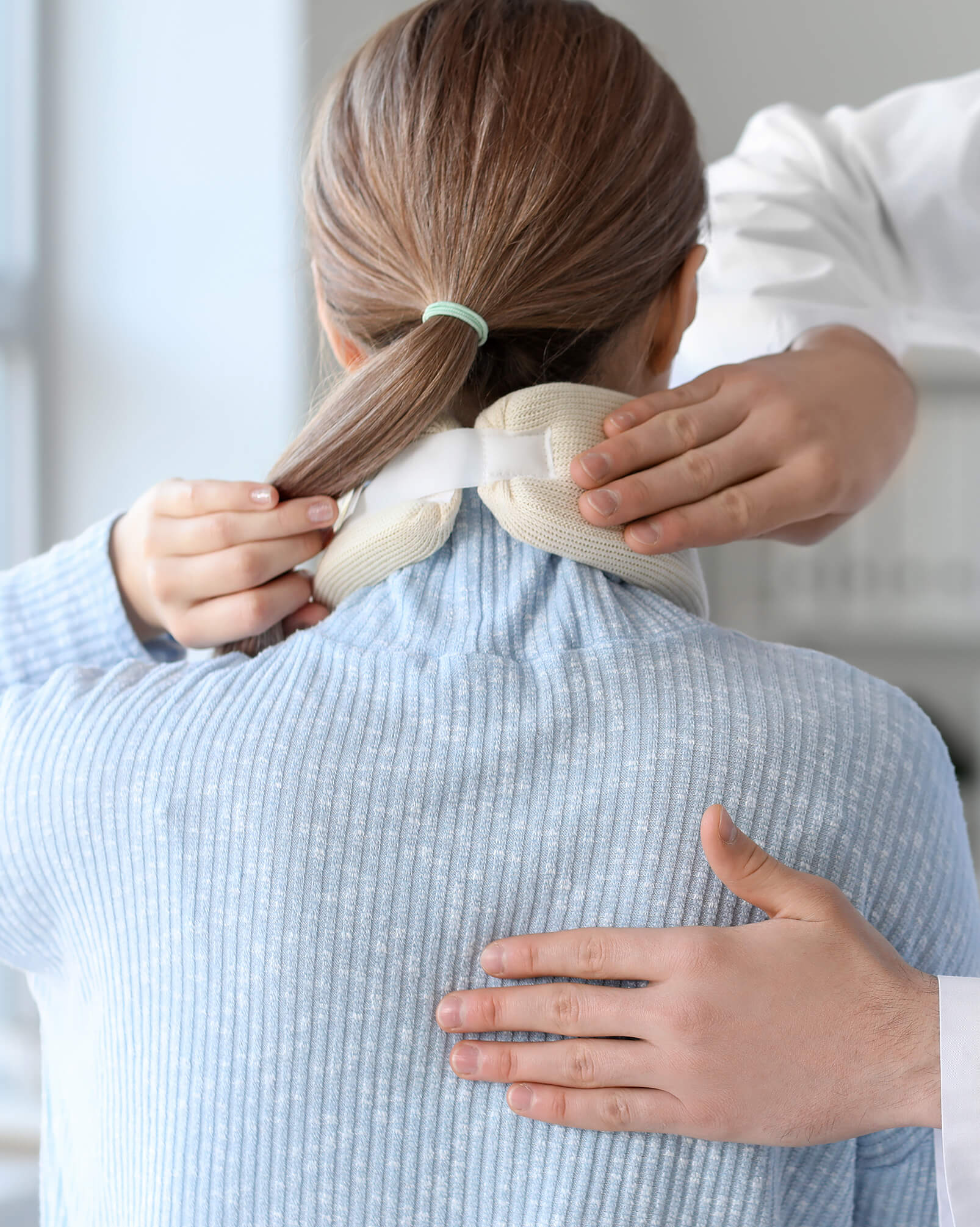
How Do Surgeons Repair Brachial Plexus Injury?
Surgery to repair brachial plexus injury takes place while the patient is under general anesthesia. Most procedures involve making an incision near the neck, above the collarbone, for access to the injured portion of the nerve. The doctor may make a second incision in front of the shoulder if the injury extends further from the spine. The surgeon may use a microscope and specialized instruments when repairing or reconnecting nerves.
If the surgery involves the transfer or grafting of tissue from another part of the body, additional incisions will be necessary to remove the tissue for transfer.
Start Your Journey Today!
UCI Plastic Surgery is a leader in the field of cosmetic surgery. Each of our specialists is highly knowledgeable, trained, and committed to bringing our patients the latest advancements in the field. Learn how our experts can help you obtain industry-leading results by scheduling a consultation today.
Schedule A ConsultationWhat to Expect After Surgery to Repair Brachial Plexus Injury
Nerves grow and heal slowly. It can take months for the results of the surgery to become noticeable and sometimes years to experience the full effects.
You or your child will heal from the surgery within a few weeks, but a long-term commitment to physical and occupational therapy is necessary while the nerves are growing and healing. A physical therapist can teach you exercises to keep the muscles and tendons in the arm strong and flexible, so they can respond to the restored nerve signals as they gradually increase in intensity. Therapy can also help broaden the unaffected arm’s function to better manage day-to-day tasks while the repaired arm recovers.
While the nerves are growing and healing after surgery, splints may be beneficial to keep the fingers extended and prevent muscles from settling into permanent constriction. If the affected arm is limp, a brace can support it.
After severe brachial plexus injury, the nerves may not recover their full function. The goal of the surgery is to restore as much hand and arm function as possible and to reduce chronic pain. For the best outcome, it’s vital to have realistic expectations and to maintain a commitment to physical and occupational therapy during recovery.
Schedule a Consultation in Orange County
Contact us today to schedule a consultation and find out whether surgery to repair brachial plexus injury might be beneficial for you or your child. We’ll answer your questions and explain the treatment options. If you would like to get started, please call to schedule a consultation at our CHOC office in Orange, CA.
